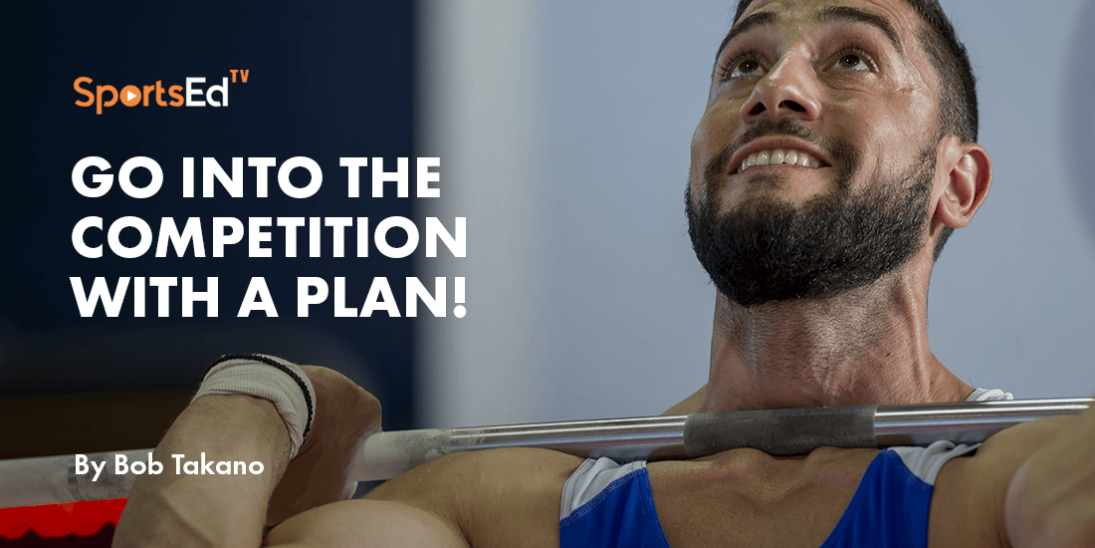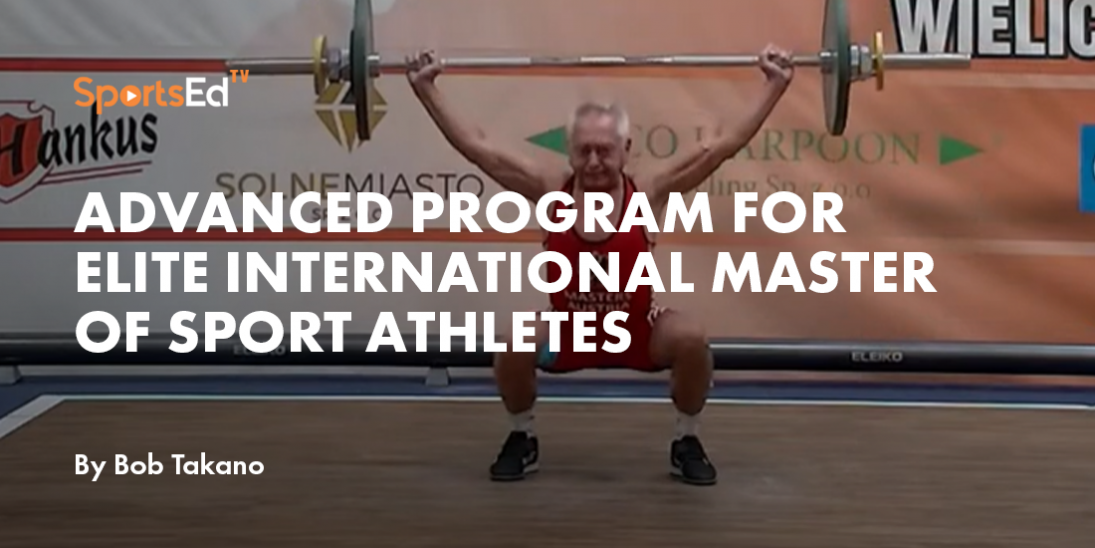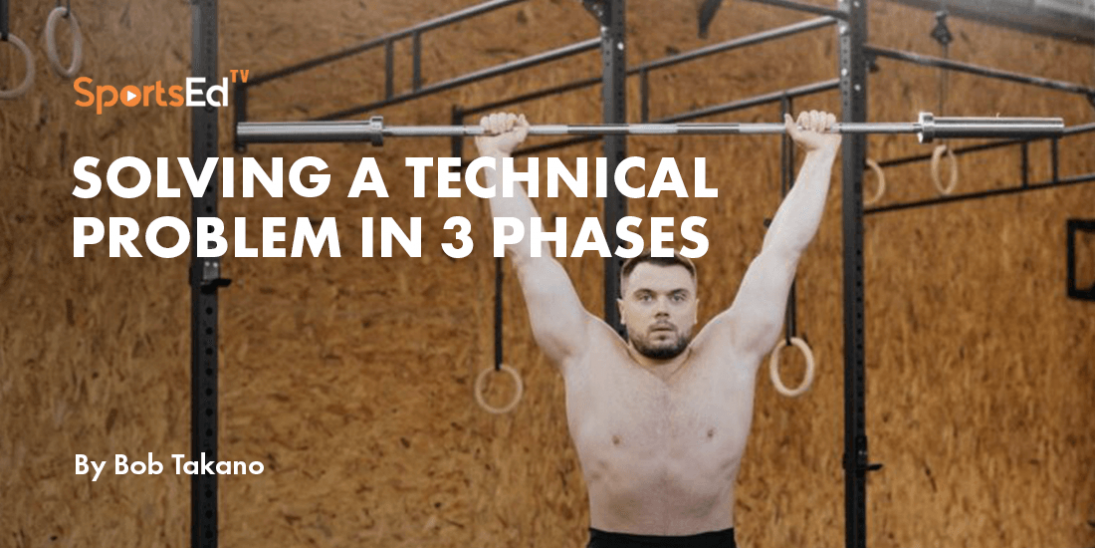Weightlifting
Welcome and thanks for visiting...

Best Weightlifting Shoes: An Expert Coach's Guide to Selection and Performance
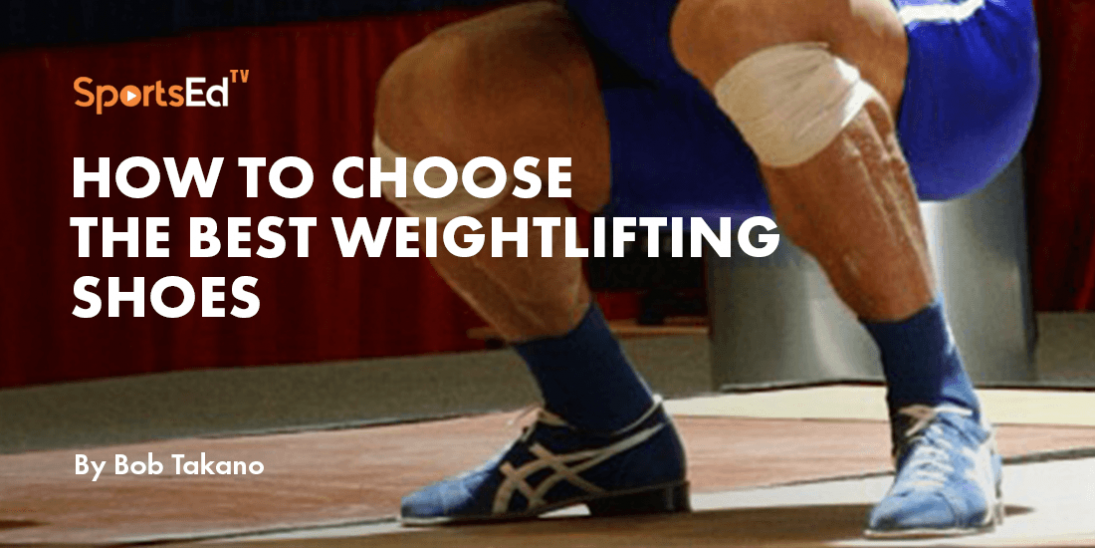
I’ve been hesitant to write much about weightlifting shoes since there are so many self-proclaimed shoe reviewers online, but I think that a little expertise from a coach who has dealt with a large number of lifters might be useful for what it’s worth.
First off, let me say that you have to wear weightlifting shoes if you are to achieve the best performance of which you are capable. I know that there are some Chuck Taylor acolytes out there, but no one at the elite level is wearing them in competition. That having been said, let’s talk about the qualities that make for good weightlifting footwear.
Weightlifting Sole
The first issue is the ramp angle—the angle of the sole from heel to forefoot. If the angle is proper, it enables the lifter to squat in an optimal position and places the center of pressure on the ball of the foot when the athlete is in the power position.
The composition of the sole must provide sufficient cushioning to minimize overuse injuries from repeated landings while amortizing the weight being lifted. Yet, it must also be firm enough that pressure exerted to achieve balance with a high combined center of gravity is transferred immediately to the platform.
The tread of the sole must inhibit slippage but not be so gummy that quick foot movements are compromised or prevented altogether.
The flex point of the sole must align with the ball of the foot so that maximal dorsiflexion of the ankle can be performed.
The Upper
The upper should provide ample bi-lateral support as the athlete balances with heavy weight overhead. The combined center of gravity of a jerk or snatch is quite high and, as such, creates a greater stress on the stability of the feet. It should also be pliable enough that it does not inhibit dorsiflexion. It should also be able to accommodate the growth of the foot musculature and eventually conform to the foot of the athlete. The material should be breathable as weightlifters’ feet get quite warm during prolonged training sessions.
Weight
Snatches, clean, and jerks require quick foot movements, and the lighter a shoe, the better the footwork is accomplished.
Tarsal strap
The tarsal strap enables the shoe to be more tightly fitted to the foot without excessively tightening the laces. The use of tarsal straps is an entirely individual issue, and many lifters are content to ignore them.
Longevity
Good lifting shoes should last as long as four years with lighter lifters who are training on a daily basis. For heavier lifters, the average is more like 2 to 3 years. Some lifters change shoes too frequently, not realizing that subtle changes to the feet can affect technique.
My favorite weightlifting shoes
My preference for a weightlifting shoe that satisfies all of the aforementioned criteria is the Asics 727. They are light, have suede uppers (that, over time, will conform to the foot), and provide firm but pliable soles with excellent traction. They, like most weightlifting shoes, are overpriced. I have to state that I am not paid by Asics. I like them because they satisfy the performance requirements of weightlifting shoes.
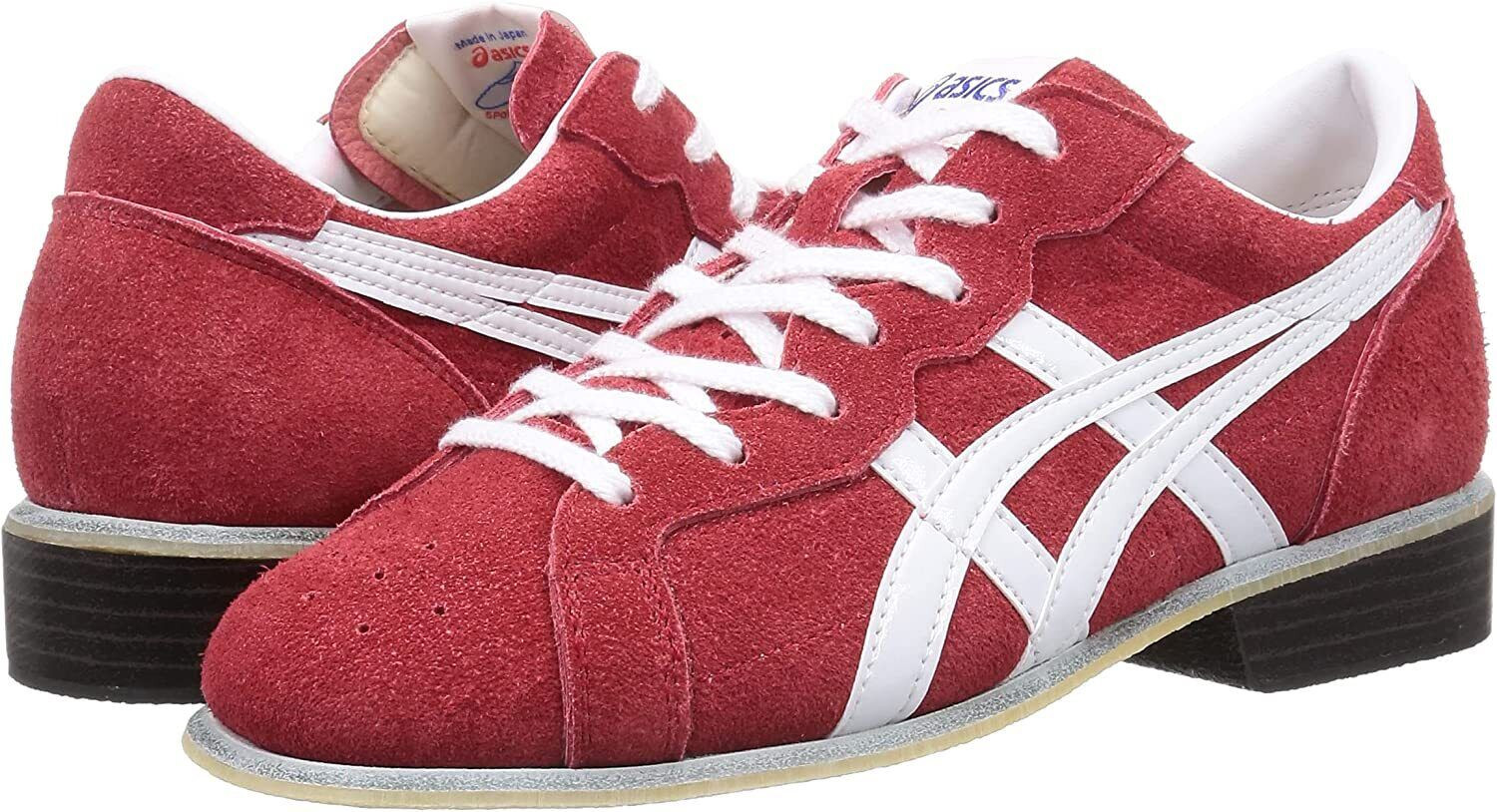
If you are buying weightlifting shoes, please consider the factors cited in this article. Worry about ramp angle, weight, traction, longevity, cushioning, and balance. The color of the shoe is not going to enhance your performance.




